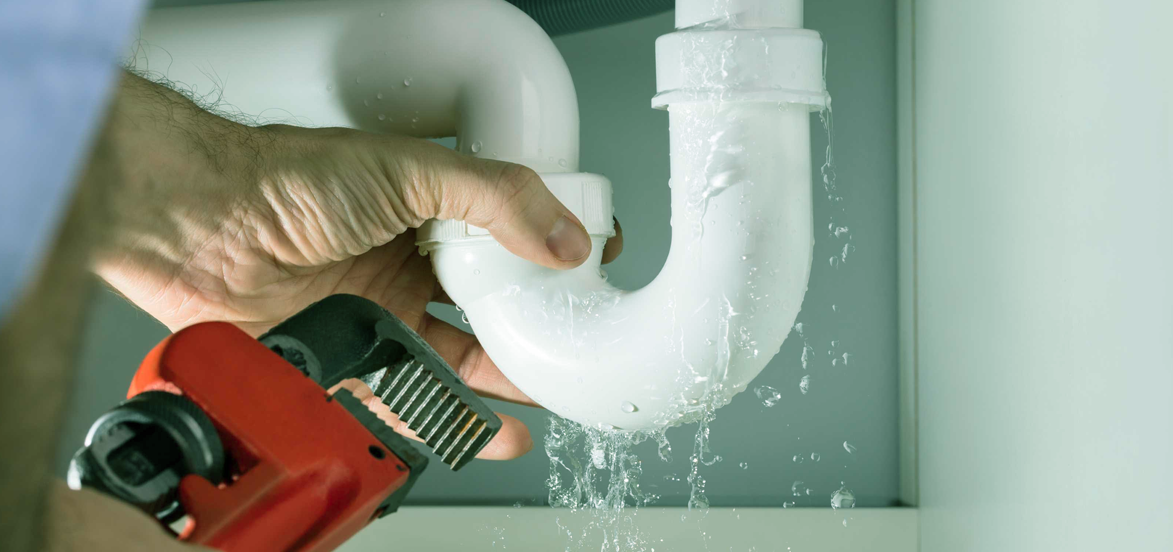Guide To Water Leakage Discovery At Home
Guide To Water Leakage Discovery At Home
Blog Article
Just about every person has their own assumption in relation to Detecting hidden plumbing leaks.

Early detection of dripping water lines can alleviate a possible catastrophe. Some little water leaks may not be visible.
1. Examine the Water Meter
Every house has a water meter. Inspecting it is a guaranteed way that helps you discover leaks. For starters, switch off all the water sources. Make certain no one will certainly flush, make use of the tap, shower, run the cleaning machine or dishwashing machine. From there, go to the meter and watch if it will alter. Since nobody is using it, there need to be no motions. That suggests a fast-moving leakage if it relocates. Similarly, if you spot no changes, wait a hr or two and also examine back again. This suggests you may have a sluggish leakage that can also be below ground.
2. Inspect Water Consumption
Analyze your water costs as well as track your water usage. As the one paying it, you must observe if there are any type of disparities. If you detect sudden changes, despite your intake coinciding, it indicates that you have leakages in your plumbing system. Bear in mind, your water expense ought to fall under the same range monthly. An unexpected spike in your bill indicates a fast-moving leak.
Meanwhile, a steady increase every month, even with the exact same behaviors, shows you have a slow-moving leak that's also gradually rising. Call a plumber to extensively check your residential or commercial property, particularly if you really feel a cozy area on your floor with piping underneath.
3. Do a Food Coloring Examination
When it comes to water usage, 30% comes from commodes. If the color in some way infiltrates your bowl during that time without flushing, there's a leak between the container as well as dish.
4. Asses Exterior Lines
Don't neglect to inspect your outside water lines also. Should water seep out of the connection, you have a loose rubber gasket. One small leakage can lose bunches of water and also increase your water expense.
5. Examine the circumstance and check
House owners should make it a habit to check under the sink counters and also inside cupboards for any type of bad odor or mold and mildew development. These 2 red flags indicate a leak so punctual interest is required. Doing regular evaluations, also bi-annually, can conserve you from a significant issue.
Extra significantly, if you understand your home is currently old, keep a watchful eye on your heaters, hoses, pipelines and so on. Check for stainings and compromising as most devices and also pipes have a life expectancy. They will also normally wear away because of tear as well as put on. Don't wait for it to escalate if you think dripping water lines in your plumbing system. Call an expert plumber right now so you do not end up with a dreadful mess in your house.
Early discovery of dripping water lines can minimize a possible calamity. Some small water leakages might not be visible. Checking it is a proven method that helps you discover leaks. One tiny leak can squander tons of water and spike your water expense.
If you believe leaking water lines in your plumbing system, don't wait for it to escalate.
WARNING SIGNS OF WATER LEAKAGE BEHIND THE WALL
PERSISTENT MUSTY ODORS
As water slowly drips from a leaky pipe inside the wall, flooring and sheetrock stay damp and develop an odor similar to wet cardboard. It generates a musty smell that can help you find hidden leaks.
MOLD IN UNUSUAL AREAS
Mold usually grows in wet areas like kitchens, baths and laundry rooms. If you spot the stuff on walls or baseboards in other rooms of the house, it’s a good indicator of undetected water leaks.
STAINS THAT GROW
When mold thrives around a leaky pipe, it sometimes takes hold on the inside surface of the affected wall. A growing stain on otherwise clean sheetrock is often your sign of a hidden plumbing problem.
PEELING OR BUBBLING WALLPAPER / PAINT
This clue is easy to miss in rooms that don’t get much use. When you see wallpaper separating along seams or paint bubbling or flaking off the wall, blame sheetrock that stays wet because of an undetected leak.
BUCKLED CEILINGS AND STAINED FLOORS
If ceilings or floors in bathrooms, kitchens or laundry areas develop structural problems, don’t rule out constant damp inside the walls. Wet sheetrock can affect adjacent framing, flooring and ceilings.
https://www.servicemasterbyzaba.com/blog/how-to-detect-water-leakage-in-walls/

We are very excited about Hacks to detect leaks and I'm hoping you enjoyed reading the entire piece. Appreciated our content? Please share it. Let somebody else find it. Thank you for taking the time to read it.
Report this page